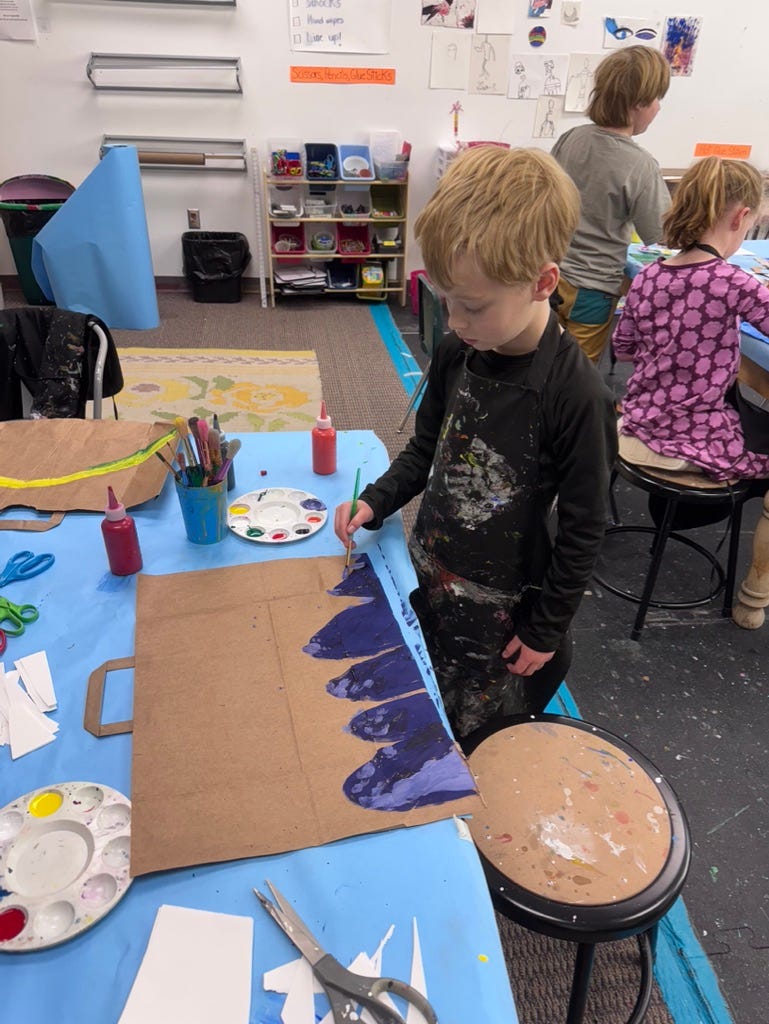Strength Based Education in Practice
What does it look like when we work from student strengths instead of deficits?
In a previous post, we explored the definition of strength-based education. Today, we’re looking at what it looks like in action—alive and thriving in the classroom.
Example 1: A Student with Dyslexia
Deficit approach:
"She’s two grade levels behind in reading. She needs daily remediation and simplified texts."
Strength-based approach:
"She’s a strong verbal storyteller who thinks in big ideas. Let’s give her access to audiobooks, daily, small group structured literacy intervention, voice-to-text tools, and let her show her understanding through oral presentations."
✍️ Example 2: A Student with ADHD
Deficit approach:
"He can’t sit still or finish his work. He needs consequences for not staying focused."
Strength-based approach:
"He has amazing energy and creative ideas. Let’s build in movement breaks, let him sketch while listening, and offer flexible seating so he can work in a way that fits his brain."
🗣️ Example 3: A Student Who’s “Too Talkative”
Deficit approach:
"She constantly interrupts class. She needs to learn to be quiet."
Strength-based approach:
"She’s a natural communicator and loves connecting with others. Let’s give her a leadership role in group work and time to share ideas during morning meetings."
🎨 Example 4: A Student Who Struggles with Math
Deficit approach:
"He’s just not a math kid. He needs extra drills and tutoring."
Strength-based approach:
"He’s great at art and loves hands-on activities. Let’s use visual models and drawing to teach math concepts and let him show his work with diagrams or building projects."
🤝 Example 5: A Student with Anxiety
Deficit approach:
"She avoids group work and freezes on tests. She needs to learn to push through."
Strength-based approach:
"She’s thoughtful and highly empathetic. Let’s offer alternative assessments and pair her with a trusted peer. She thrives with clear expectations and time to prepare."






I love the way you have reframed these negative statements into affirming ones.